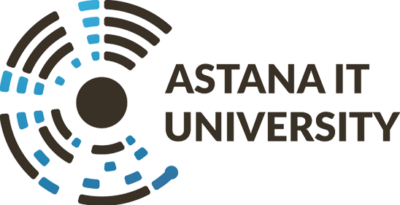Zavgorodny Alexey Vladimirovich, Ph.D.
Scientific supervisor of the project
Role in the project: Setting research goals and objectives for all members of the research group. Control and conduct of scientific research. Synthesis of samples. Studies of the morphology of samples. Analysis of the results obtained. Writing reports on the work done and articles
Ilyasov Baurzhan Rashitovich, Associate Professor, Ph.D.
Leading Researcher
Role in the project: Synthesis of samples. Assembly of solar cells. Measurement and analysis of VAC and impedance spectra. Writing reports and articles.
Kudryashov Vladislav Vladimirovich, PhD
Senior Researcher;
Role in the project: Studies of the morphology of samples using SEM and AFM methods. Studies of the structure of samples by XPS and XRD methods. Analysis of the results obtained. Writing reports and articles.
Timur Maratovich Serikov, PhD
Senior Researcher;
Role in the project: Synthesis of thin films. Studies of recombination processes and degradation mechanisms in OSCs, Analysis of the results obtained. Writing reports and articles
Kambar Dinara Serikbaykyzy, Master of Technical Sciences
Research assistant
Role in the project: Synthesis of samples. Assembly of solar cells. Measurement of electrical properties. Writing reports
Gulsaya Serikovna Seisenbayeva, Master of Natural Sciences
Research assistant
Role in the project: Synthesis of samples. Assembly of solar cells. Measurement of electrical properties. Writing reports. Introduction of project documentation

